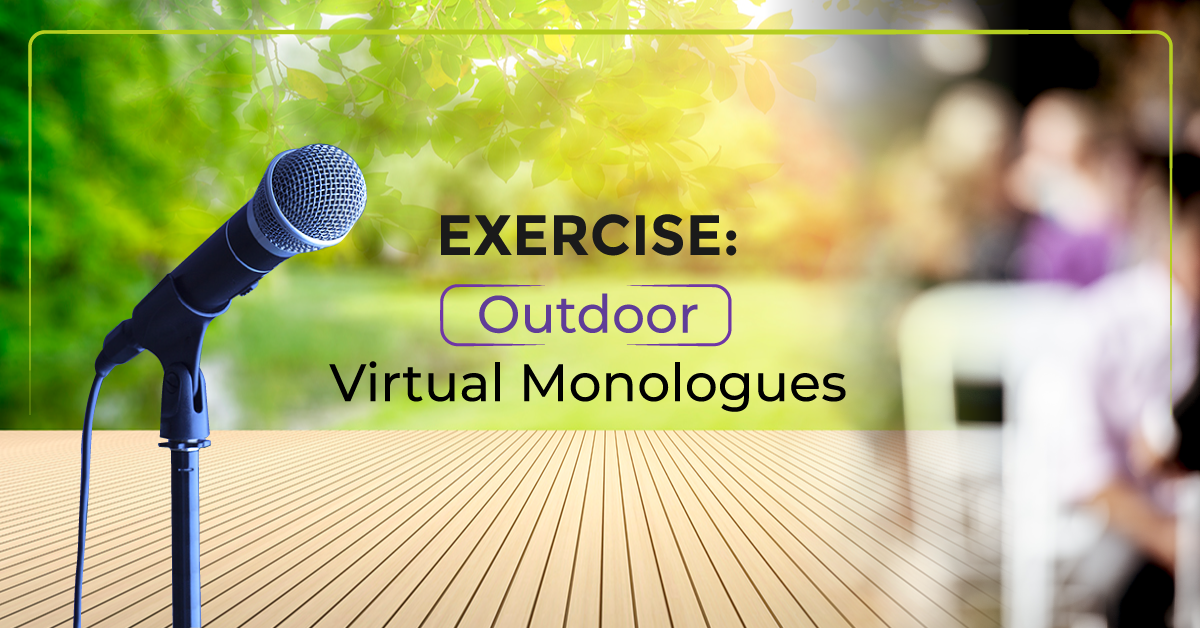What Is Your Body Language Saying?
When teaching virtually to students with their cameras on, teachers get to witness all sorts of interesting student antics — students tuning in from strange locations (their closet, their family’s car, under the table), students in various states of dress (pajamas, anyone?), and students in a variety of body positions. When learning from home, students may choose to attend virtual classes while they are lying down on the couch or in bed; they may try to disguise the fact that they’re watching television behind their device; or they might yawn, slump, scratch, or barely be visible on their device. They may or may not realize that their body language is saying something about them.
The goal of the following distance learning exercise is to help students become more aware of their body language in the virtual classroom (both conscious and unconscious) and how it makes others perceive them. Students have to turn their cameras on to participate, but it is fairly low-risk as they will complete the movement portion as a group, and they don’t need to have their microphones on.
Instructions:
1. Have students brainstorm a list of body positions that they have seen other students display during class, or that they themselves have displayed. Here’s a list to get started:
- Sitting in a straight-backed chair with your device on a desk
- Slouched in a squashy armchair or on the couch
- Lying in bed with their device on their lap
- Sitting on the floor with their device above them (only the top of their head visible)
- Sitting on the floor with their device on the floor with them (body visible but head/forehead cut off)
- Eyes diverted to the side or down (clearly watching TV or looking at a phone while class is happening)
- Leaning head on hand
- Yawning
- Scratching head/face
2. Have the class go through the list and at the same time, have students move into each position while you stand or sit in a neutral position and talk about a topic of your choosing, or read a monologue aloud.
Have a student volunteer stand or sit in a neutral position and talk about a topic or read a monologue aloud while the rest of the class stays in the chosen position.
Then, you or the student volunteer will display the chosen position and speak/read aloud, while the rest of the class listens while sitting/standing in a neutral position.
3. Discuss the following questions as a group (orally or in the chat box), or have your students submit a written response.
- Were you able to focus on listening to the teacher while displaying the requested body language position? Was it easy or challenging to focus?
- Were you able to maintain the position for an extended amount of time? Were you tempted to move? If so, how? (Perhaps into a more comfortable or practical position?)
- How do you think your teacher felt trying to give a lesson while all the students were in that position?
- How do you think your fellow classmate felt while their peers were displaying the requested body language?
(Ask the student how they actually felt after the class responds.) - How can you apply the study of body language to performance in drama class? How does body language affect the character being portrayed, and the audience’s perception of the character?
- (If your students are preparing to perform virtually) How can you use body language to enhance/enrich your virtual performance?
Going forward in your virtual drama classes, you may want to do a “body language check in” with your students occasionally. This can help them refocus if they seem distracted, and make them more aware of how their body language might be perceived by others.



